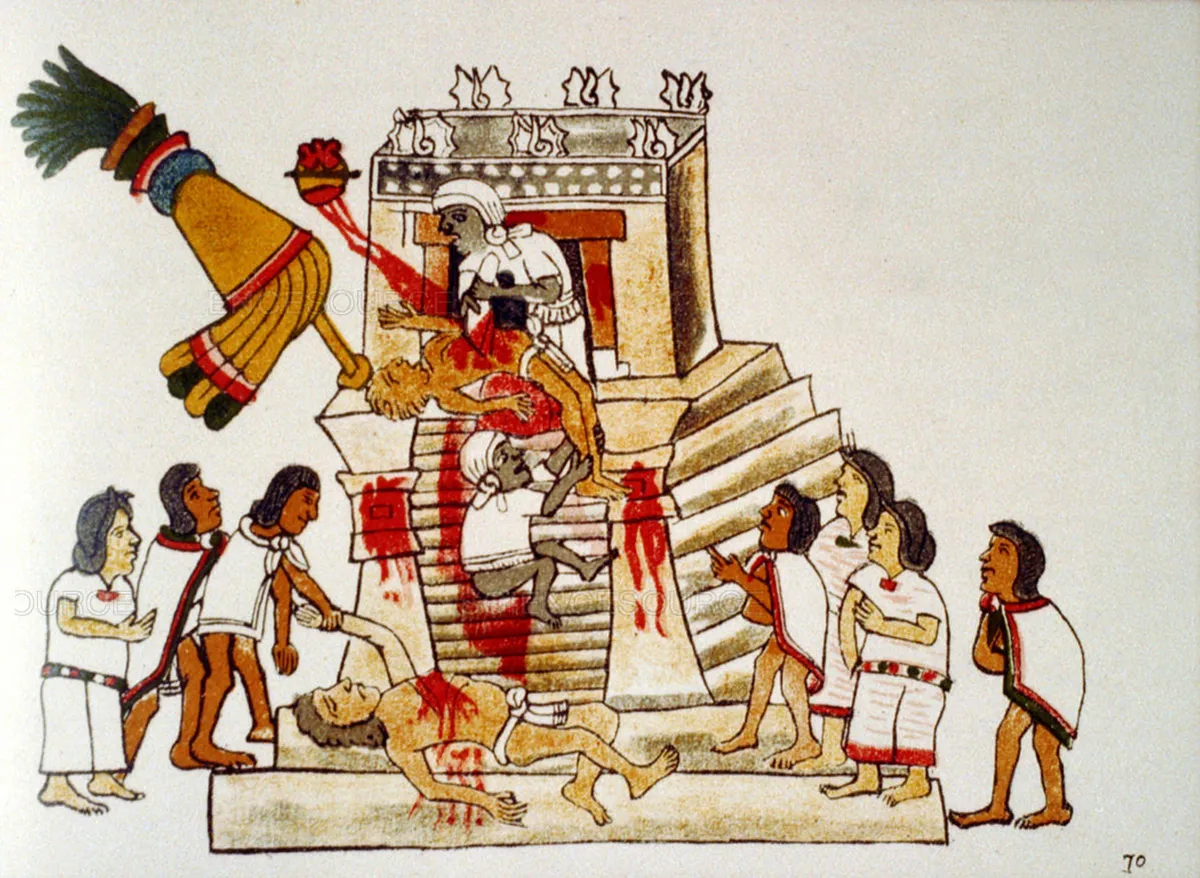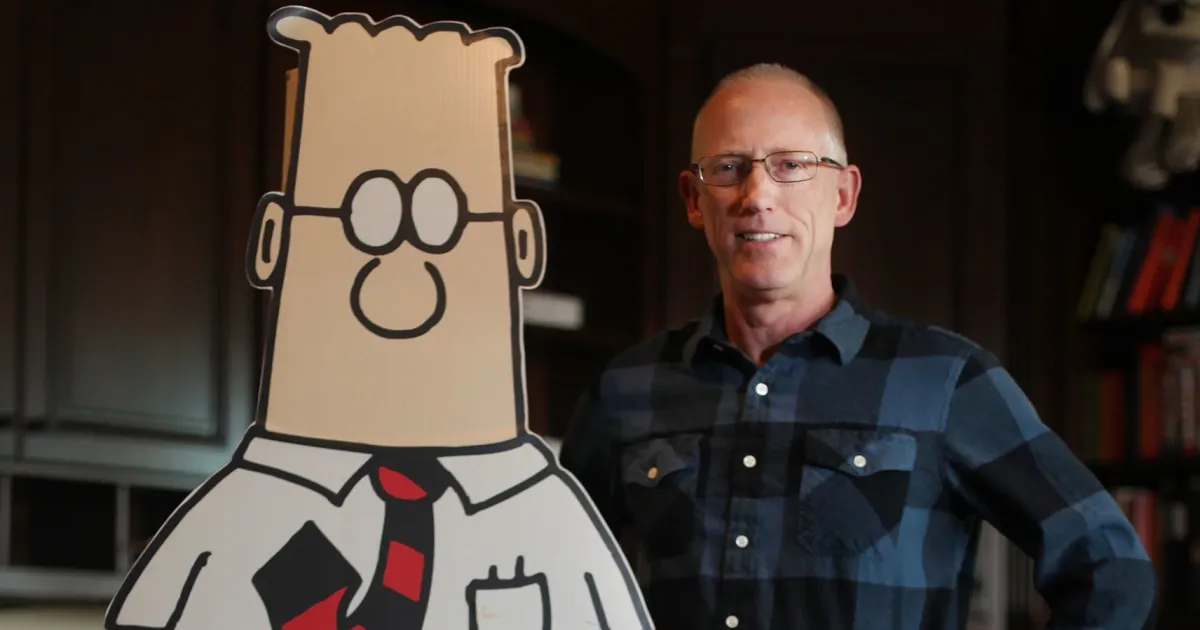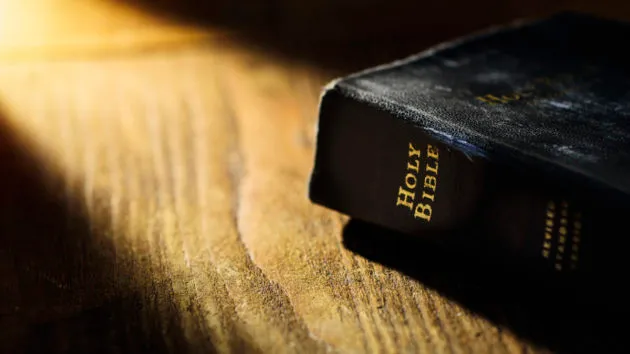Table of Contents
As I wrote recently on The BFD, governments’ approach to the Chinese Virus pandemic might well be termed the “Moloch Option”, referring to the ancient Mediterranean practice of sacrificing the young to placate malevolent forces.
Human sacrifice and especially child sacrifice was a nasty enough business, but some were worse than others. The cult of Tlaloc in Aztec Mexico was spectacularly revolting. The child victims were deliberately tormented because Tlaloc required the tears of the young.
It appears that the tears of the young are being used to ward off the fear of the grim god COVID, too.
Suicide rates in Australia are forecast to rise by up to 50 per cent due to the economic and social impacts of the coronavirus and tipped to outstrip deaths from the pandemic by up to 10 times.
World-leading research by the country’s top mental health experts predicts the impact of the virus could result in an extra 1500 deaths a year over the next five years and a generational mental health crisis linked directly to the pandemic.
That impact will fall disproportionately on the young.
The caveat, of course, is that this is once again based on modelling. As we saw with the virus itself, such modelling can be deeply flawed. It certainly should not be mistaken for actual evidence.
The modelling also predicts a significant economic blow from falling productivity due to the mental health effects of unemployment, school dropouts and family crises.
Regions hard-hit by a collapse in tourism are expected to be particularly vulnerable to an increase in suicide and it is feared that young people are among those most at risk.
Former mental health commissioner and the head of the Brain and Mind Centre, Ian Hickie, told The Australian that the modelling showed the annual rate of suicide could rise from 3000 to up to 4500, with youth suicides making up almost half.
Sadly, we do have some preliminary data already. There are reports that youth suicides have surged in Victoria during that state’s lockdown. Services connected with domestic violence are also reporting a dramatic rise in their workload. A moving company that assists domestic violence victims reports a 60% rise in business. Similar evidence is emerging around the world.
Anecdotally, peoples’ frustration is becoming more and more evident. Some are beginning to feel the pressure of being deprived of their normal social interactions. Others are desperate as their jobs and businesses vanish under the impact of government restrictions.
It’s people realising just how much their weekly coffee and chat matters. A young family man despairing as the new business he invested so much hope in collapses for no other reason than remote bureaucratic dictates. All that mental stress is inevitably going to take its toll.
Professor Hickie told The Australian that the modelling on suicide had been presented to the government prior to COVID-19 but had been remodelled to include the suicide impacts of the pandemic using real-time data.
“What happens in recessions, and we know this from the 2009 GFC, the Asian financial crisis and the Great Depression, is that suicide rates go up dramatically in recession … and they hurt the young the most … we can watch it and see it happening … or we can get ahead of the curve,” Professor Hickie said.
“The impacts of unemployment will be greatest among the young, those who live in rural and regional Australia, and those areas hardest-hit by job losses will not recover quickly.
Feh. Who cares about a bunch of deplorables in the sticks? If they wanted to matter, they should have got Arts-Law degrees, moved to inner-city Melbourne or Sydney and got a public service job.

If you enjoyed this BFD article please consider sharing it with your friends.









